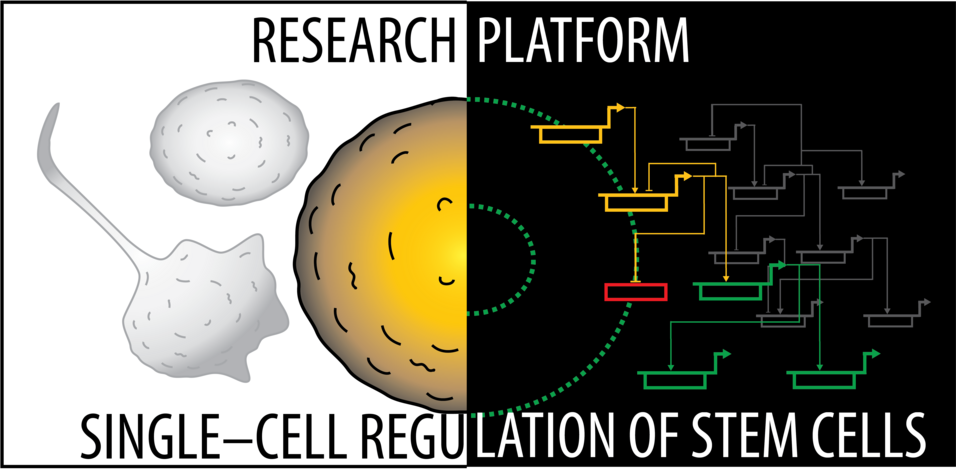University Research Platform: SinCeReSt - Single cell regulation of stem cells
Kick-off meeting schedule; Format: fully online
Thursday, 14. January 2021
14:00 Uli Technau
brief introduction
14:10 Vice Rector Tyran
welcome note
14:20 Dean Gerhard Ecker
welcome note
14:25 Dean Alwin Köhler
welcome note
14:30 Jürgen Knoblich
Using single cell transcriptomics in cerebral organoids to discover human specific mechanisms of brain development
15:00 Coffee break
15:20 David Garfield
Assessing functional regulatory variation during early embryonic development
15:50 Arndt von Haeseler
Estimating dark matter in scRNA-seq
16:20 Elly Tanaka
A cross-species, single-cell transcriptomic analysis of regeneration capability
16:40 Coffee break
17:10 Florian Raible
Towards a molecular model of rejuvenation and CNS regeneration
17:40 Roger Revilla
Sponge Stem Cells: A Window into the Evolutionary Origin of Multicellularity
Friday,15. January 2021
14:00 Ulrich Technau
Towards an understanding of cell type lineages and relationships in the regenerative sea anemone Nematostella vectensis
14:30 Mihaela Pavlicev
Evolving cell-cell interactions at the maternal-fetal interface
15:00 Christa Bücker
Reshaping of the transcriptional and regulatory landscape during the exit from naïve pluripotency
15:30 Coffee break
15:45 Nicolas Rivron
Synthetic development: modeling mammalian early embryogenesis with stem cells.
16:15 Oleg Simakov
Evolutionary (and functional) constraints on animal genome architecture
16:45 Coffee break
17:00 Martin Leeb
Dissecting the regulatory principles of stem cell differentiation
17:30 Sasha Mendjan
Cardiods reveal self-organizing principles of human cardiogenesis
18:00 Concluding remarks

